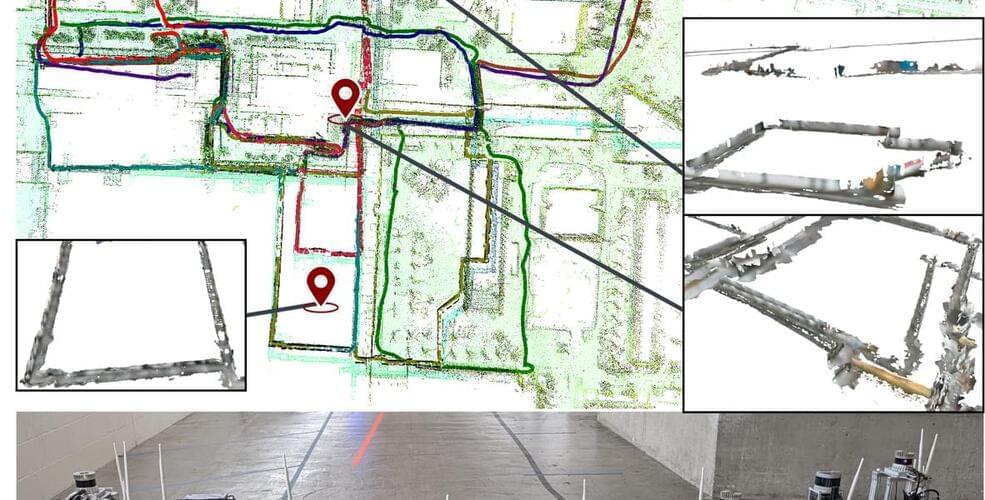😗😁 Very interesting findings around the olmec statues.
In a March 31 tweet confirming its recovery, Ebrard referred to the massive stone carving as “the Olmec piece most sought after by Mexico. … It’s about to return to its home, from where it should never have been stolen.”
Mexican officials found out earlier this year that the Manhattan District Attorney’s Antiquity Trafficking Unit had recovered the piece, which is roughly five feet wide, six feet tall and carved out of a slab of stone weighing nearly one ton.
The DA’s office formed the unit in 2017 to deal with the nonstop trade of stolen antiquities from historic sites around the globe. A 2021 article in The Atlantic referred to the unit as the “Tomb Raiders of the Upper East Side.”








